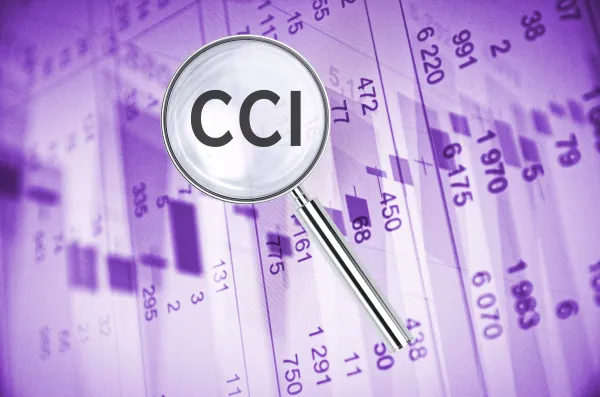Code X-Ray-Guided Tube, Catheter Placement According to NCCI Policy

Use key points on reporting initial and secondary X-rays for line and tube placements. Coding a chest X-ray on its own might be one of the least intimidating clinical scenarios in the world of radiology. But, when you factor in line or tube placement into the mix, that confidence can quickly turn into confusion. That’s because you’ve not only got to consider bundling edits, but also a specific set of instructions outlined within the National Correct Coding Initiative (NCCI, or CCI) Policy Manual. This means you’ve got to fully grasp the varying coding dynamics behind both the placement procedure and follow-up imaging. Read on to get a hang of these fundamental guidelines and incorporate them into a few clinical examples. Incorporate This NCCI Policy Manual Guideline When considering whether to report a chest X-ray performed following a chest tube or catheter placement, you’ll want to have a look at this NCCI guideline located in Chapter 9 of the NCCI Policy Manual: After reading this, you might feel that you’ve got a definitive answer to the question of whether you should report a chest X-ray with an initial catheter or tube placement. However, there’s a little more to the story than what’s included in this guideline. Use NCCI Guidelines in Appropriate Context You’ve got to look at this guideline in the context of the provider performing the placement procedure and the provider performing the imaging. In order to simplify the process, you’ll want to make sure your coding considerations are based on what national provider identification (NPI) is billing for what service. If, for example, the same provider that performs the line placement is performing and interpreting the follow-up chest X-ray, then you may not bill separately for a chest X-ray. The NCCI guidelines above are specific to scenarios such as this. These scenarios may occur in interventional radiology settings where the same provider that performs the line placement performs the follow up imaging to check placement. On the other hand, if one provider performs the line or tube placement and sends the chest X-ray to a radiologist that’s billing under a separate NPI for interpretation, the radiologist may bill for the professional interpretation only. The technical component, however, may not be reported separately. Distinguish Between Fluoroscopic Guidance and Follow-Up Imaging “It’s important to distinguish between two different types of imaging,” says Barry Rosenberg, MD, chief of radiology at United Memorial Medical Center in Batavia, New York. “During the placement of the line, the physician will typically utilize fluoroscopic imaging in order to guide the catheter into position. On the other hand, the patient will receive an X-ray following the procedure in order to confirm proper positioning,” Rosenberg explains. Fluoroscopic guidance will be either included in the line placement CPT® code, or will be billed out separately by the performing physician. If the same physician performs the placement, fluoroscopic guidance, and chest X-ray interpretation, you will abide by the aforementioned NCCI policy and write off the chest X-ray as bundled into the line placement. Use These Tips for Follow-Up Line, Tube Placement Imaging In other instances, you’ll be tasked with coding a patient encounter in which the provider has already performed the initial follow-up X-ray for the placement or intubation. These sorts of procedures often require numerous secondary X-rays to reaffirm that the positioning of the catheter or tube is sound. Whether it’s the same provider who performed the underlying procedure or only an interpreting radiologist, you may bill for these subsequent X-rays. However, you’ll want to consider a few variables. First, you’ll want to have a look at the patient’s ledger to determine whether this secondary X-ray was performed on the same day as the initial procedure and X-ray. If so, and if the provider is the same, you will want to append modifier 76 (Repeat Procedure or Service by Same Physician or Other Qualified Health Care Professional) on every subsequent chest X-ray on the same day. If the interpreting radiologist for the secondary X-ray is different than the initial X-ray, you will append modifier 77 (Repeat Procedure by Another Physician or Other Qualified Health Care Professional) for every subsequent chest X-ray on the same day. If the subsequent chest X-ray is the following day, then you do not need to append a repeat procedure modifier. Remember: If a subsequent chest X-ray the provider performed on the same day differs in views from the first chest X-ray, you do not need to append modifier 76 or 77. “These modifiers require the repeated CPT® codes to be the same,” says Sarah L. Goodman, MBA, CHCAF, COC, CCP, FCS, president and CEO of SLG, Inc. Consulting in Raleigh, North Carolina. “However, you should report modifier 59 [Distinct Procedural Service] or modifier XE [Separate encounter] to indicate that the chest X-rays were performed in separate sessions/encounters on the same date of service,” Goodman details.




